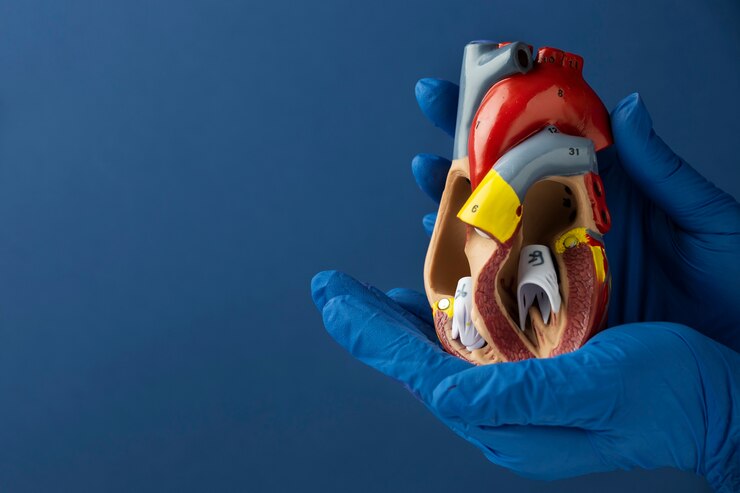Coronary Angiography

Coronary Angiography: A Critical Diagnostic Tool for Heart Health
Coronary Angiography is a minimally invasive procedure that helps doctors assess the health of your heart and blood vessels. It plays a crucial role in diagnosing coronary artery disease (CAD) by providing detailed images of the heart’s arteries. This procedure allows cardiologists to pinpoint blockages, narrowing, or abnormalities in blood flow that can lead to heart attacks, chest pain, or other cardiovascular issues.
How Does Coronary Angiography Work?
During the procedure, a thin tube called a catheter is inserted through a blood vessel, usually in the groin or wrist, and guided to the coronary arteries. A contrast dye is injected to make the arteries visible on X-ray images, helping doctors detect any potential blockages or irregularities. The process typically lasts between 30 minutes to an hour.
Why is Coronary Angiography Important?
Coronary Angiography is essential for accurate heart diagnosis. It helps guide treatment decisions, including the need for stent placement, balloon angioplasty, or coronary bypass surgery. If you’re experiencing chest pain, shortness of breath, or other warning signs of heart disease, coronary angiography is a key step in understanding and managing your condition effectively.
Safe and Effective Cardiovascular Care
With modern advancements, coronary angiography is a safe procedure that offers clear, real-time insights into your heart’s condition. Take the first step toward heart health today.
